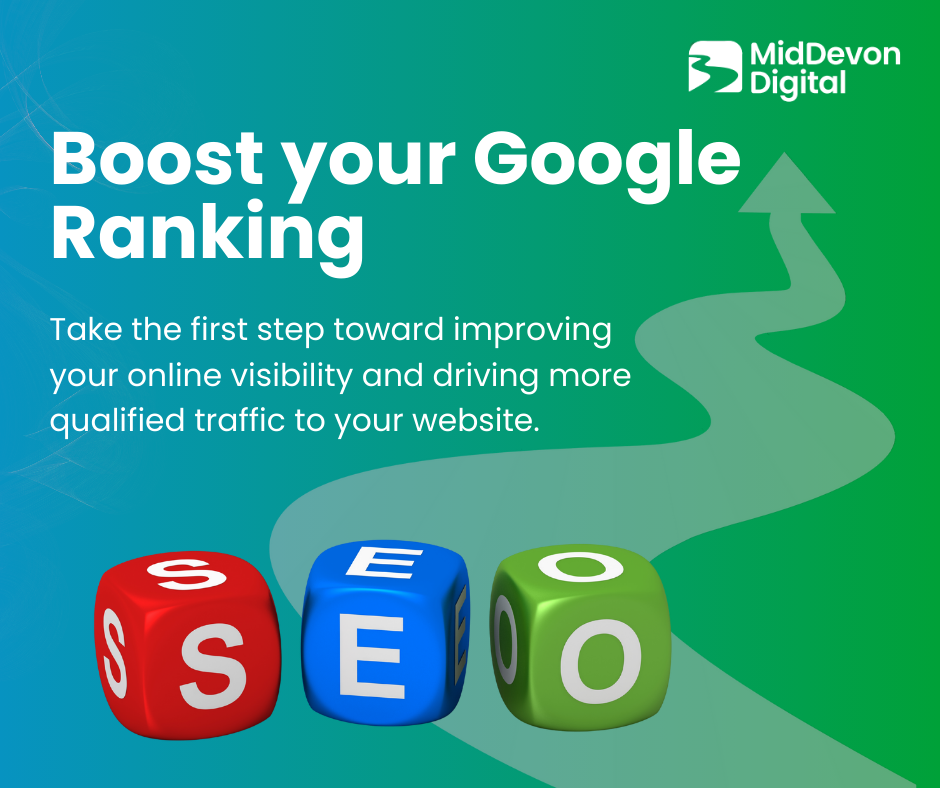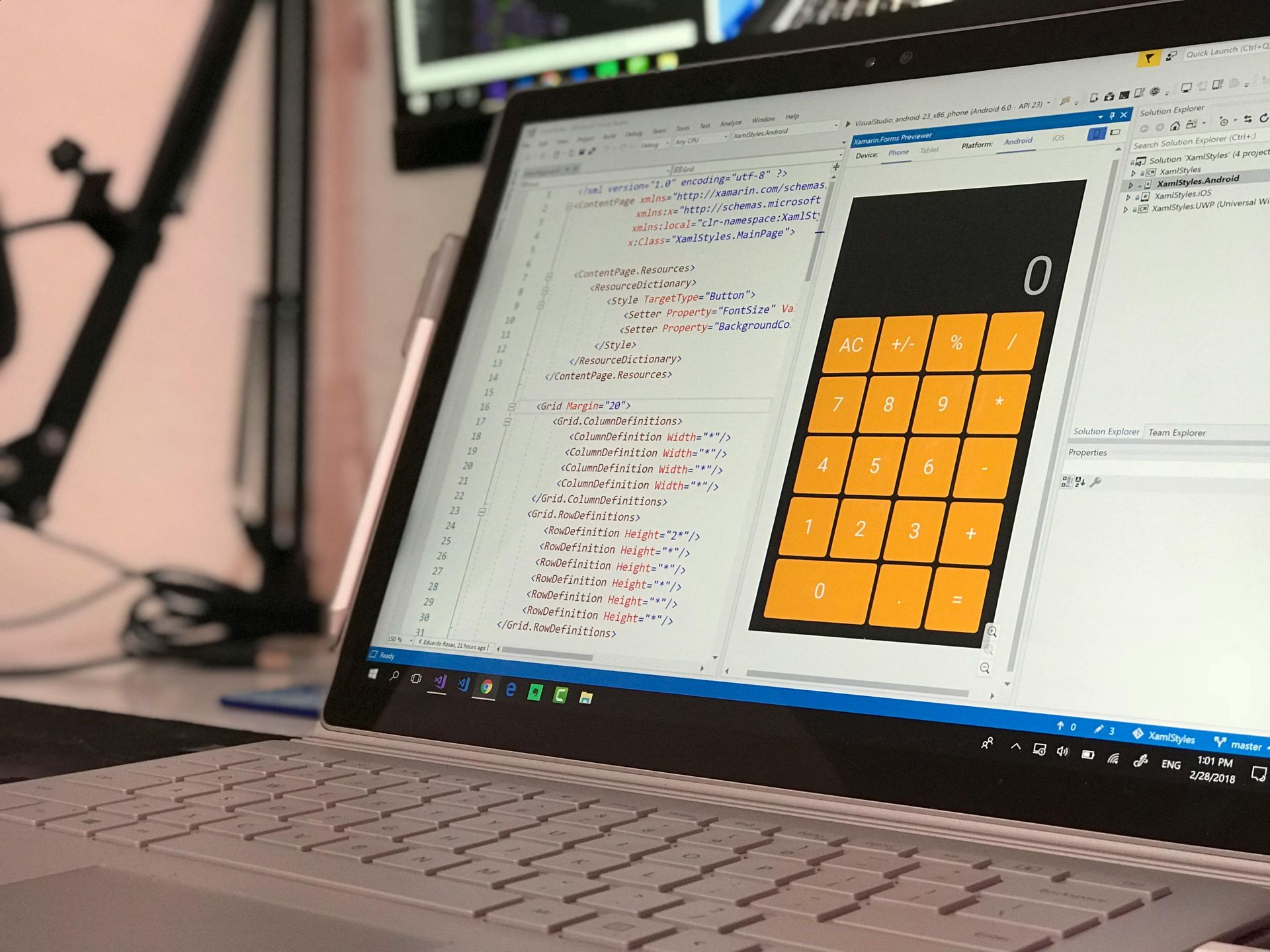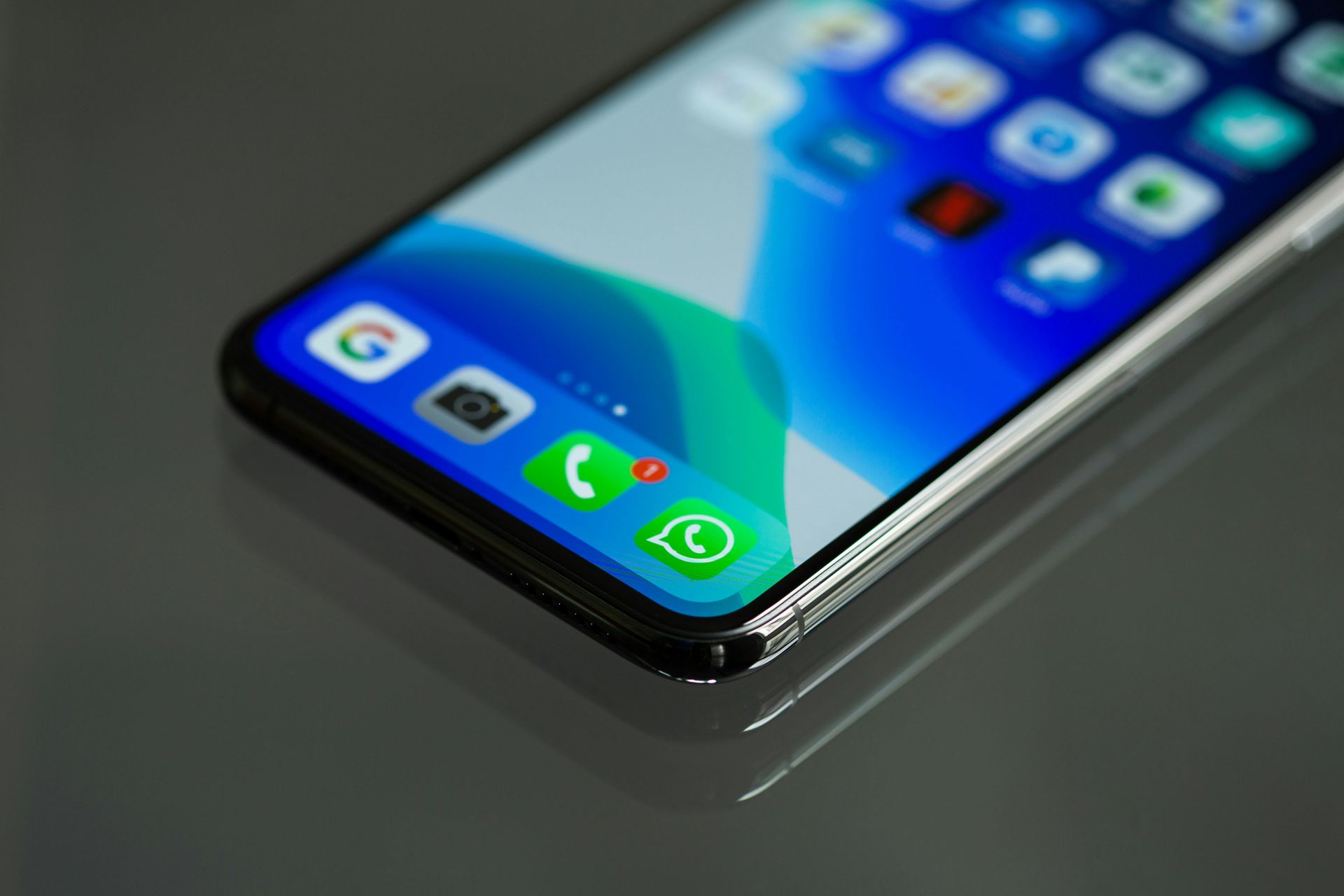Responsive Design vs Mobile-First Design: What's the Difference?
Responsive Design vs Mobile-First Design: What’s the Difference?
When it comes to building a website that works for everyone, you’ve probably heard the terms “responsive design” and “mobile-first design.” They sound similar, but there are some important differences, especially now that Google uses mobile-first indexing to decide how your website ranks.
With over 60% of searches now coming from mobile devices and UK consumers spending an average of over four hours per day on their smartphones (Ofcom, 2024), having a site that works beautifully on mobile isn’t just a nice-to-have, it’s essential for business growth.
In fact, Google reports that 53% of mobile users abandon sites that take longer than three seconds to load.
If your site isn’t designed with mobile users in mind, you could face higher bounce rates, lose out on new leads, and see your search rankings drop.
What is Responsive Design?
Responsive design means your website automatically adjusts its layout and content to fit different screen sizes—desktop, tablet, or mobile. The site is designed mainly for desktop, then “responds” to smaller screens by rearranging elements, resizing images, and changing font sizes.
Pros:
- One website works on all devices
- Better user experience than static, desktop-only sites
- Easier to manage than having separate mobile and desktop sites
Cons:
- Mobile experience can sometimes feel like an afterthought
- Large images or complex layouts may slow down mobile load times
- Important content can get buried or lost on smaller screens
What is Mobile-First Design?
Mobile-first design flips the process. Here, your website is designed for mobile devices first, then enhanced for tablets and desktops. This approach prioritizes speed, simplicity, and user experience for people on the go.
Pros:
- Fast, focused, and easy to use on mobile phones
- Key information is front and centre for users on small screens
- Google prefers mobile-first sites for ranking and indexing
Cons:
- Requires more planning at the start of a project
- Some desktop features may need to be simplified or reimagined
Why Does This Matter for Your Business?
With Google’s mobile-first indexing, the mobile version of your site is now the most important. If your site was designed with only desktop users in mind, you might be missing out on potential customers and better rankings.
How MidDevon Digital Approaches This
Our 3D Philosophy (Design, DNA, Development) naturally supports mobile-first thinking:
- Design: We start by mapping out how your site will look and work on mobile, ensuring smooth navigation and fast load times.
- DNA: Your brand’s personality and key messages are front and centre, even on the smallest screen.
- Development: We build your site to be robust, secure, and scalable—ready for all devices, but with mobile users as the priority.
Real-World Example
Imagine a restaurant website. A responsive site might shrink the desktop menu for mobile, but a mobile-first site highlights key info—like a “Call Now” button, opening hours, and directions—right at the top for people searching on their phones.
Up Next:
In our next post, we’ll reveal common mobile-first indexing mistakes that can hurt your rankings—and how to avoid them.
Want to see how your site stacks up? Contact us for a free mobile audit, or keep following our Website Wednesday series for more tips!






